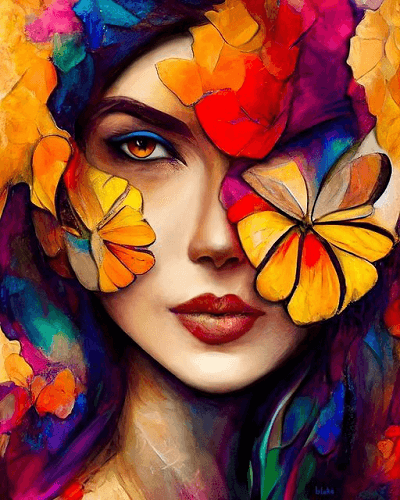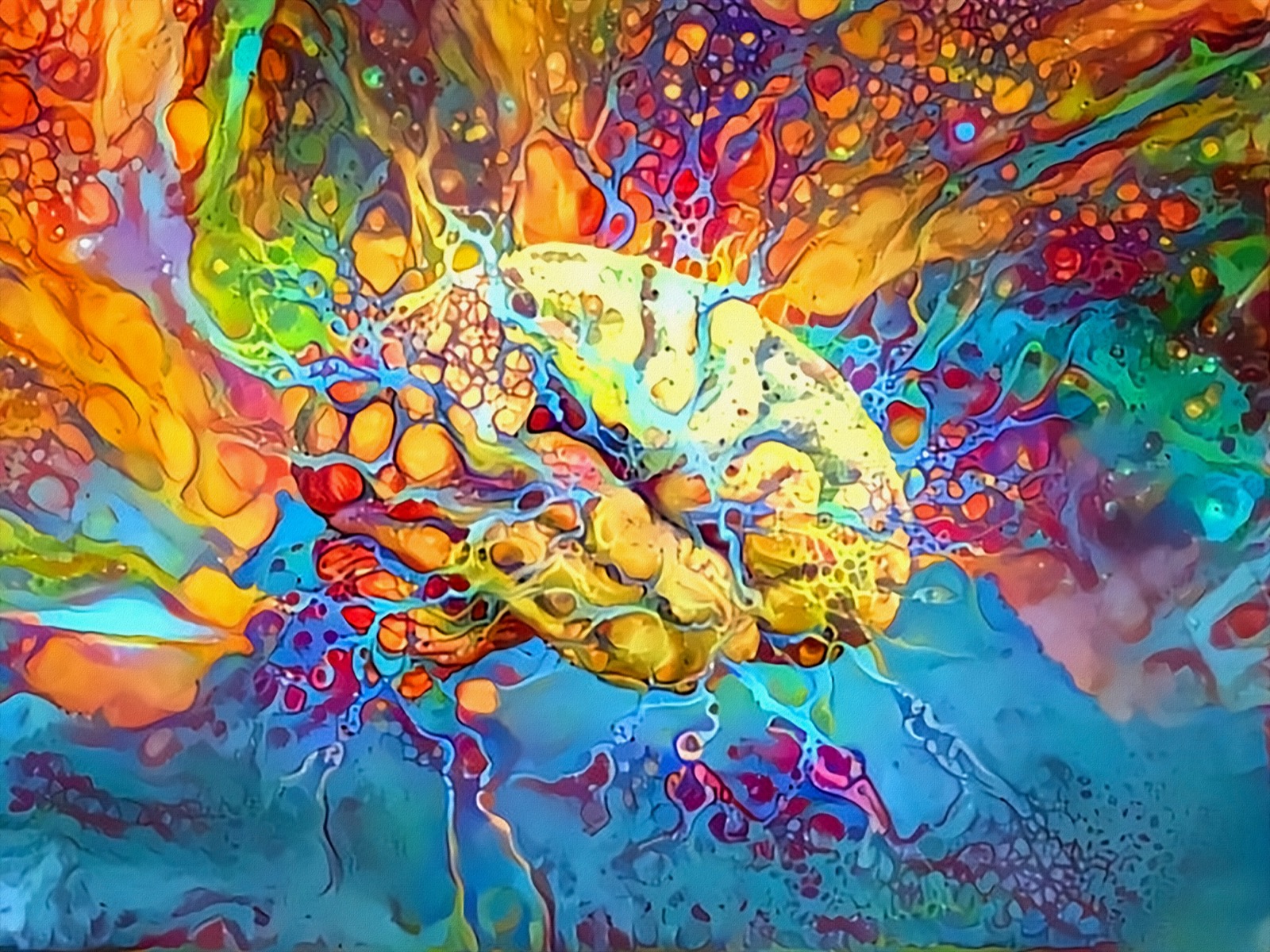Checking out the Impact of Trump Art on Contemporary Political Commentary
Checking out the Impact of Trump Art on Contemporary Political Commentary
Blog Article
Starting a Visual Trip Via the Lyrical Interpretations of Nature in Stylist Landscapes
Each brushstroke, each play of light and darkness, and each shade choice in their works talks volumes concerning the musicians' deep link to nature and their ability to equate its charm onto the canvas. As we explore the lyrical analyses of nature in Impressionist landscapes, we are welcomed to submerse ourselves in a world where reality and feeling intertwine, offering a glance into the artists' extensive appreciation for the all-natural world.
The Captivating Brushstrokes of Claude Monet
Claude Monet's proficiency of brushstrokes transcends simple technique, imbuing his landscapes with an aerial high quality that mesmerizes and mesmerizes viewers - trump art. His cutting-edge use of shade and light, combined with his unique brushwork, develops a sense of activity and life within his paints. Monet's distinguished series of works portraying water lilies and his famous haystacks display his capability to record the fleeting effects of light and environment

Taking On Light and Darkness With Camille Pissarro
Embodying a similar respect for the interplay of light and darkness, Camille Pissarro's imaginative vision unfolds as an unified expedition of the natural world's luminescent nuances. Pissarro, a crucial number in the Impressionist movement, masterfully caught the vibrant relationship in between light and shadow in his landscapes. His skilled use of shade and brushwork permitted him to convey the subtle changes in light that define different times of day and seasons.
Pissarro's paints typically include spotted sunlight infiltrating fallen leaves, casting complex patterns of light and shadow on the planet listed below. In works such as "Hoar Frost, the Effect of Snow, Pontoise," Pissarro skillfully illustrates the crisp illumination of winter sunshine juxtaposed with the great darkness that define the snowy landscape. By embracing both light and shadow in his compositions, Pissarro invites audiences to submerse themselves in the natural beauty and short-term results of light in the globe around them.

Via Pissarro's jobs, we are advised of the transformative power of light and darkness, welcoming us to stop and value the fleeting moments of charm present in the daily landscapes that surround us.
A Symphony of Colors by Edgar Degas
Edgar Degas orchestrates a lively harmony of colors in his masterful artworks, infusing his compositions with a vibrant interaction of tones that astound the visitor's stare. Recognized mostly for his ballet professional dancers and intimate scenes of Parisian life, Degas skillfully manipulated colors to convey state of mind and activity in his paints. trump art. His use of strong, Visit This Link different colors and refined tonal variants produced a sense of deepness and vibrancy within his jobs
Degas' color palette frequently included abundant blues, deep eco-friendlies, and warm oranges, which he used with positive brushstrokes to capture the essence of his topics. Whether depicting a ballerina mid-performance or a group of pals speaking at a cafe, Degas' shades not only portrayed the scene but additionally evoked a sense of feeling and energy.
In Addition, Degas' experimentation with light and darkness added an added layer of complexity to his color make-ups, enhancing the general environment of his paintings (trump art). Via his experienced manipulation of shade, Degas produced an aesthetic harmony that proceeds to reverberate with visitors today
Checking out Nature's Serenity With Berthe Morisot
Berthe Morisot's imaginative vision provides a serene separation from the vivid color harmonies of Edgar Degas, as she records the harmony of nature in her evocative landscapes. Recognized for her delicate brushwork and intimate representations of day-to-day life, Morisot's landscapes radiate a feeling of tranquility and harmony.
Morisot's paints often feature soft, low-key tones that communicate a sense of calmness and tranquility. Her works, such as "The Cradle" and "Summer season's Day," showcase her capability to capture the subtle elegance of nature in a manner that try these out is both calming and reflective to the viewer.
Unlike several of her Impressionist counterparts that concentrated on bold colors and vibrant make-ups, Morisot chose to produce mild, reflective scenes that invite the visitor to show and stop briefly. Via her skillful use light and darkness, Morisot produces a feeling of peace that resonates with the viewer on a deep emotional level.
The Psychological Landscapes of Vincent Van Gogh
Vincent Van Gogh's landscapes strongly convey a depth of emotion via their vibrant brushwork and meaningful use color. The Dutch post-impressionist artist is renowned for his capability to catch extreme and raw feelings in his paints, going beyond conventional depictions of nature. Van Gogh's turbulent individual Discover More Here life, noted by psychological health and wellness battles, greatly affected his art, instilling his landscapes with a feeling of worry, moody, or spirit.
In jobs such as "Starry Evening" and "Wheatfield with Crows," Van Gogh's swirling brushstrokes and lively shade options evoke a profound emotional reaction from audiences. The rough skies and upset landscapes in his paintings reflect his internal chaos and psychological turbulence, inviting viewers to delve right into the intricacies of his mind.
Van Gogh's special visual language, characterized by exaggerated viewpoints and vibrant use of color, creates landscapes that reverberate with visitors on a deeply emotional degree. With his art, Van Gogh invites us to see nature not just as an exterior truth but as a mirror of our innermost sensations and feelings.
Final Thought
In final thought, the impressionist landscapes of artists such as Claude Monet, Camille Pissarro, Edgar Degas, Berthe Morisot, and Vincent Van Gogh supply a special and fascinating visual analysis of nature. Via their use of brushstrokes, emotion, shade, and light, these musicians have actually created a harmony of pictures that stimulate a sense of calmness and beauty in the all-natural world. Their jobs remain to motivate and bewitch viewers with their lyrical analyses of the landscapes around us.
Each brushstroke, each play of light and darkness, and each color selection in their works speaks quantities about the artists' deep link to nature and their ability to equate its charm onto the canvas. His cutting-edge use of color and light, integrated with his distinct brushwork, creates a sense of movement and life within his paints. His experienced use of shade and brushwork permitted him to convey the subtle shifts in light that define various times of day and periods.

Report this page